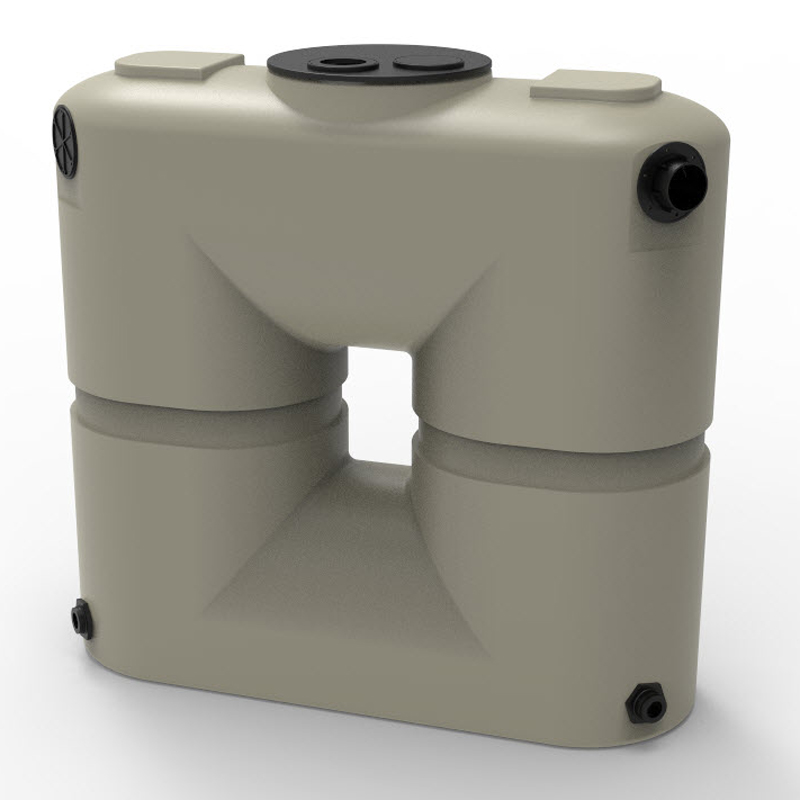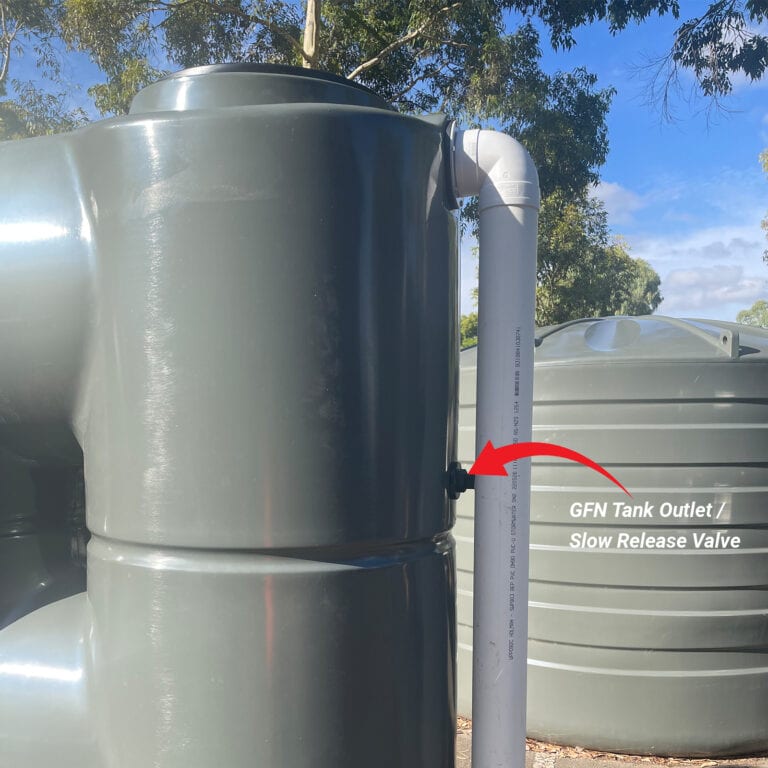Understanding the Relevance of Rainwater Tanks in Drought-Prone Regions for Water Security
In areas at risk to long term dry spells, the function of rainwater tanks in strengthening water security is a subject of growing significance. As communities face the challenges of water shortage, recognizing the significance of these storage tanks goes beyond plain collection of rain. Rain storage tanks offer as an important device in mitigating the effect of water lacks by providing a sustainable source of water for different needs. The true value of rain storage tanks expands much beyond mere storage; it incorporates resilience-building actions and the promotion of long-term water preservation techniques. This complex strategy to water security warrants a closer evaluation of the function rain storage tanks play in ensuring a reputable water throughout times of dry spell.
Advantages of Rainwater Tanks
Making use of rainwater tanks uses a sustainable option for increasing water and enhancing water safety in household and commercial settings. One of the main advantages of rain containers is their capability to decrease dependence on mains water system. By catching and saving rain that falls on rooftops, this alternative source can be utilized for various non-potable functions such as watering, flushing commodes, and cleaning clothing. This not only conserves cured alcohol consumption water but also reduces water expenses for users.

Rain Harvesting Strategies
Rainwater collecting strategies include an array of techniques created to effectively collect and save rain for numerous objectives, adding to water conservation and sustainability. One usual method is the setup of roof catchment systems, where rainwater is gathered from the roof covering of a structure and guided to a tank. This approach is relatively easy and cost-efficient. An additional popular technique is making use of above-ground or underground tank to save rainwater for later use. These containers are available in different dimensions and products to fit various demands and can be attached to the existing pipes system for very easy access.

In addition, rainfall yards and absorptive pavements are ingenious strategies that involve landscape design or paving surface areas in a method that enables rain to percolate into the ground, renewing groundwater books. Additionally, contour farming and terracing are agricultural methods that aid capture rainwater visit this page and prevent soil disintegration in sloping terrain. By carrying out these varied rain harvesting methods, areas can improve water security and durability in drought-prone regions while promoting sustainable water administration methods.
Importance of Water Protection
Making certain dependable access to tidy and enough water sources is critical for maintaining human health and wellness, economic development, and ecological wellness. Water protection is an essential facet of societal durability, especially in areas at risk to droughts and water shortage. Sufficient water safety and security incorporates various dimensions, consisting of schedule, top quality, and availability of water for domestic, agricultural, industrial, and environmental requirements.
Water protection plays an important duty in promoting public wellness by decreasing the occurrence of waterborne diseases and ensuring cleanliness centers. Economically, water security is vital for agricultural performance, commercial procedures, and total economic growth. Slimline water tanks. Moreover, over here water security is very closely connected to environmental sustainability, as it sustains environments, biodiversity, and total environmental balance.
In drought-prone areas, water security becomes a lot more vital due to the increased threat of water scarcities. Executing try this strategies like rain harvesting, water recycling, and effective water administration methods can substantially improve water security in these locations. By prioritizing water safety and security, communities can better endure the impacts of climate change, population growth, and various other obstacles that endanger water accessibility.
Enhancing Water Durability
With raising worldwide water difficulties, building durability in water supply has come to be an important emphasis for lasting development efforts. Enhancing water resilience includes executing methods to make certain water schedule and top quality despite changing environmental conditions, such as droughts, floodings, and pollution.
One trick facet of boosting water durability is promoting using rainwater storage tanks in drought-prone areas - Slimline water tanks. Rain containers work as an effective ways of catching and saving rainwater for later use, lowering dependence on limited freshwater sources throughout completely dry periods. By including rain harvesting systems into water monitoring strategies, communities can improve their ability to withstand water deficiency and preserve water safety

Lasting Water Preservation
Amidst intensifying water difficulties, the sensible monitoring of water sources through sustainable conservation techniques is essential for ensuring long-lasting ecological stability and societal wellness. Lasting water conservation requires the efficient use of water resources to satisfy present needs without jeopardizing the capacity of future generations to fulfill their own demands. By implementing methods such as rainwater harvesting, greywater recycling, and water-efficient technologies, areas can lower water waste and ease pressure on freshwater sources.
Additionally, sustainable water preservation techniques add to ecosystem health and wellness by keeping ample water levels in rivers, lakes, and wetlands, sustaining biodiversity, and protecting all-natural environments. These methods also play a crucial duty in minimizing the impacts of climate change by assisting to adapt to transforming precipitation patterns and water schedule.

Final Thought
In final thought, rainwater tanks play an important role in enhancing water protection and durability in drought-prone areas. By utilizing rainwater harvesting strategies, communities can reduce their dependence on traditional water resources and advertise lasting water conservation methods. This not just aids alleviate the influences of water shortage during droughts yet likewise adds to lasting water safety and security and durability when faced with climate change difficulties.